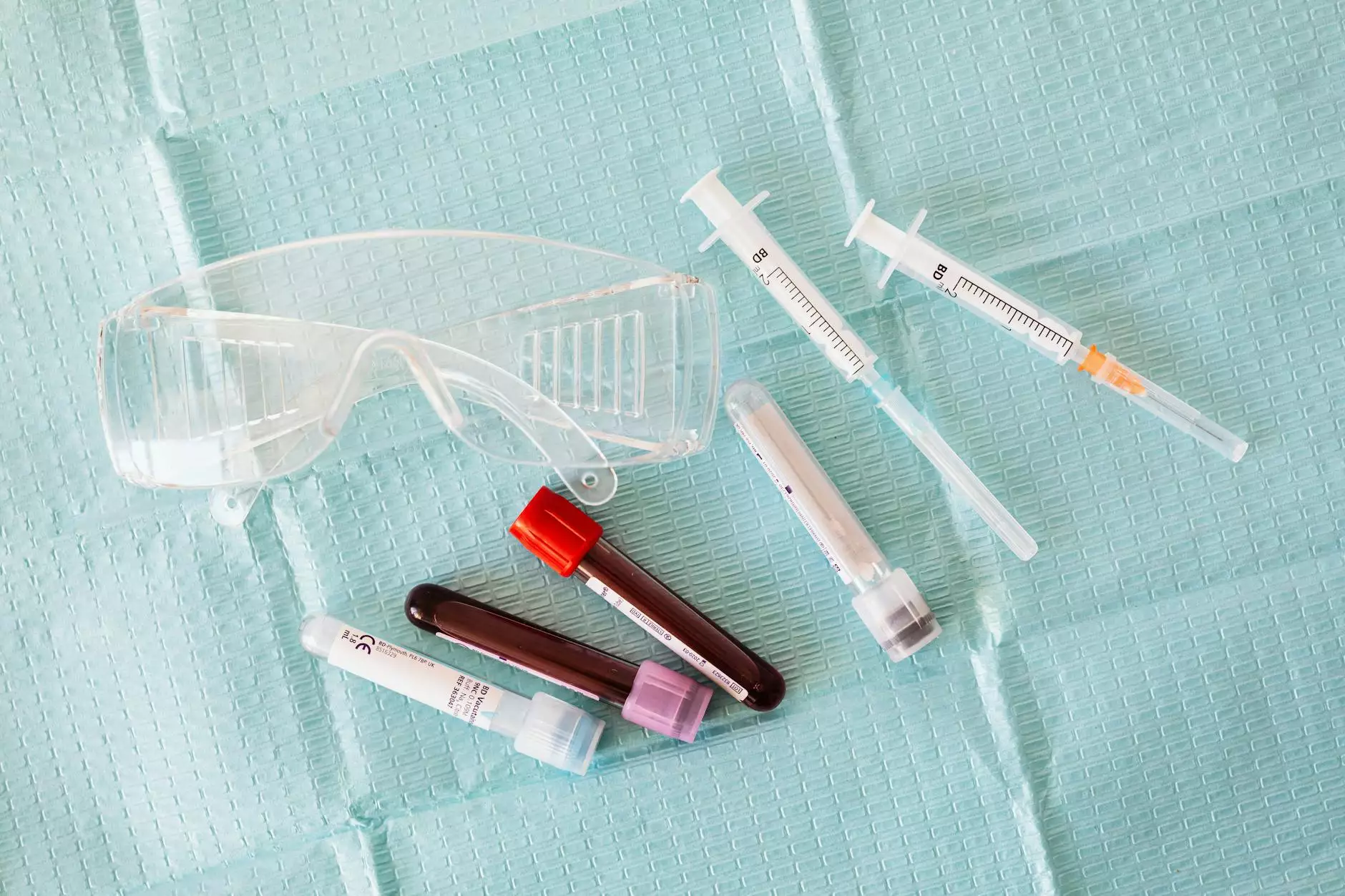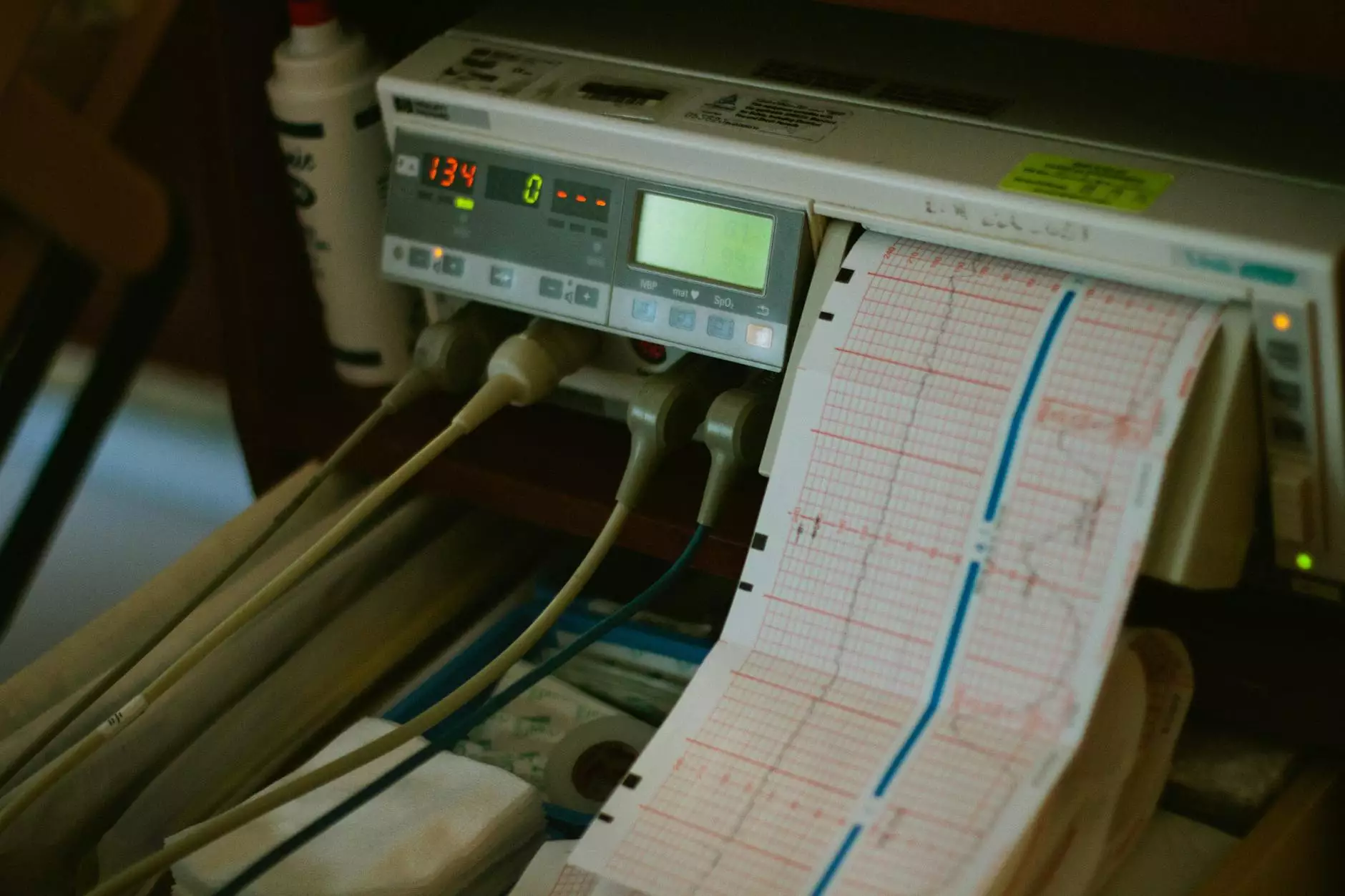The Importance of Vascular Medicine in Identifying and Treating Blood Clots

Introduction
In today's fast-paced world, where sedentary lifestyles and long hours of sitting have become increasingly common, it is important to be aware of the potential health risks associated with these habits. One such risk is the formation of blood clots, especially in the legs. Knowing what a blood clot feels like can be crucial in seeking appropriate medical attention. At Vein Center of Arizona, our team of experienced doctors specializing in vascular medicine can help you diagnose and treat blood clots effectively.
Understanding Blood Clots
Before delving into the sensations associated with blood clots, let's first understand what they actually are. Blood clots are gel-like masses formed when blood coagulates to prevent excessive bleeding. They typically occur in response to an injury or to repair damaged blood vessels. However, when blood clots form within the veins, they can impede normal blood flow and pose significant health risks.
The Sensations of a Blood Clot in the Leg
If you are wondering what a blood clot feels like in the leg, it is important to note that symptoms can vary from person to person. However, there are some common signs you should be mindful of:
- Pain and tenderness: A blood clot in the leg may cause persistent pain, tenderness in the affected area, or a cramping sensation. The intensity of the pain can vary, ranging from mild discomfort to severe pain that limits mobility.
- Swelling and warmth: The leg with the blood clot may appear swollen and feel warm to the touch. The skin surrounding the clot might also have a reddish or bluish discoloration.
- Vein visibility: In some cases, the affected vein may become more prominent and visible under the skin due to the presence of a blood clot.
- Changes in skin texture: Blood clots can also cause changes in the texture of the skin, making it appear shiny, tight, or discolored.
- Increased calf size: If the blood clot forms in the calf, the affected leg may appear larger than the other leg due to swelling.
Vascular Medicine Specialists: Your First Line of Defense
When you experience these symptoms or suspect a blood clot, seeking immediate medical attention from a specialist in vascular medicine is crucial. Vascular medicine doctors, also known as vascular specialists, are experts in diagnosing and treating conditions related to blood vessels, including blood clots.
At Vein Center of Arizona, our team of highly skilled vascular medicine doctors understands the complexities associated with blood clots and their potential risks. They employ advanced diagnostic techniques to accurately identify the presence and location of blood clots, ensuring prompt treatment and preventing further complications.
Diagnosing Blood Clots
Vascular medicine doctors utilize a variety of methods to diagnose blood clots, including:
- Ultrasound: This non-invasive imaging technique uses sound waves to visualize blood flow and detect any abnormalities, including blood clots.
- Doppler ultrasound: Doppler ultrasound is a specialized form of ultrasound that measures blood flow in the veins and helps identify blood clots.
- Blood tests: Certain blood tests, such as the D-dimer test, help evaluate the likelihood of a blood clot based on the presence of specific markers.
- CT scan or MRI: In more complex cases, doctors may use computed tomography (CT) scans or magnetic resonance imaging (MRI) to obtain detailed images of the blood vessels and identify blood clots.
Treatment Options
Once a blood clot is diagnosed, prompt treatment is necessary to prevent complications. Vascular medicine specialists employ various treatment options, including:
- Anticoagulant medication: Commonly known as blood thinners, these medications help prevent existing blood clots from growing larger and deter new clots from forming.
- Thrombolytic therapy: Thrombolytic therapy involves administering medication that dissolves existing blood clots. This option is typically reserved for severe cases.
- Vena cava filters: In some cases, a vascular medicine specialist may insert a small filter into the vena cava to prevent blood clots from reaching the lungs or heart.
- Surgical intervention: Surgery may be necessary in certain situations, especially when blood clots are causing significant blockages or posing a threat to organ function.
Prevention is Better than Cure
While the above information is informative and can help you understand blood clots, preventing their formation is always the best approach. Adopting a healthy lifestyle, maintaining regular physical activity, avoiding prolonged periods of inactivity, and wearing compression stockings can all contribute significantly to reducing the risk of blood clots.
When to Consult a Vascular Medicine Specialist
If you are concerned about your risk of developing blood clots or believe you are experiencing symptoms indicative of a blood clot, seeking guidance from a vascular medicine specialist is advisable. Early detection and intervention can significantly improve outcomes and reduce potential complications.
At Vein Center of Arizona, our team of experienced doctors specializing in vascular medicine is dedicated to providing comprehensive care and ensuring your well-being. Contact us today to schedule an appointment and take proactive steps towards your vascular health.
what does a blood clot feel like leg







